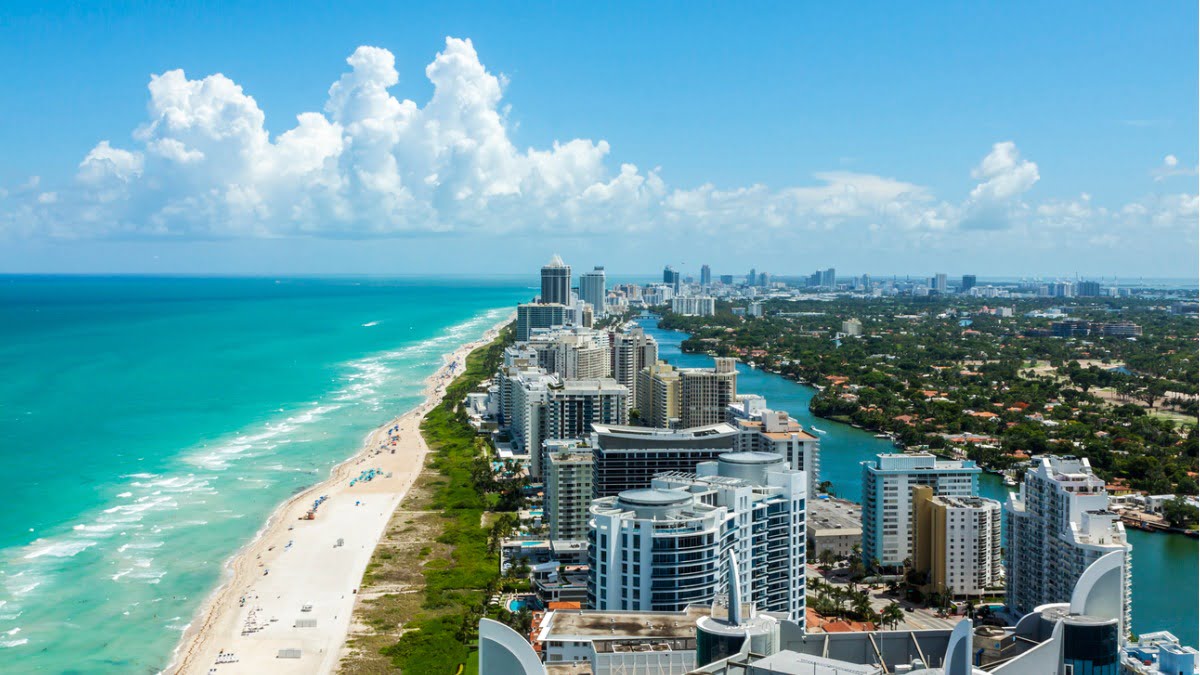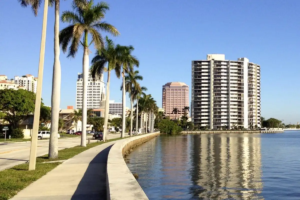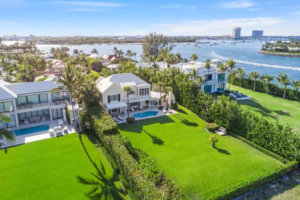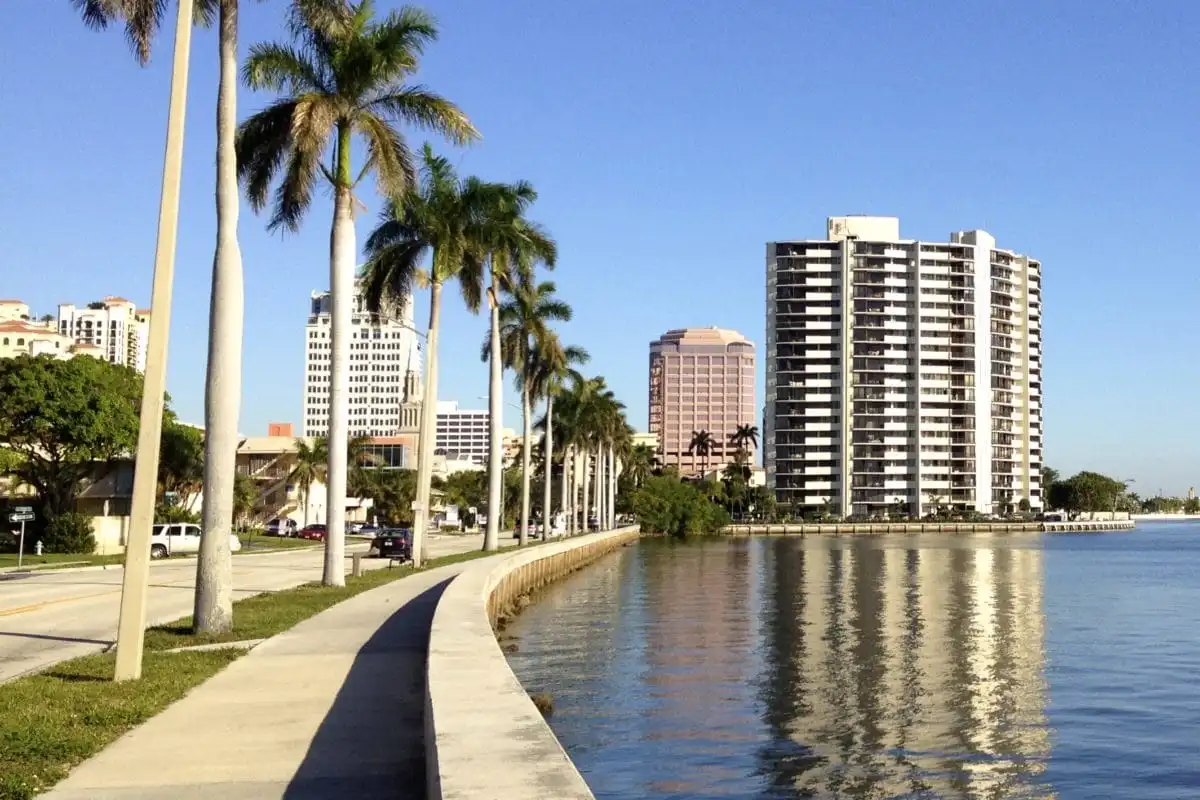South Florida's Tech Ecosystem: Between Hype and Reality
The Miami Tech Mirage: A Story of Ambition and Adaptation
In the vibrant landscape of technological innovation, South Florida emerged as an unexpected contender, challenging traditional tech hubs with its bold vision and entrepreneurial spirit. Between 2020 and 2022, the region experienced a remarkable influx of tech professionals, venture capitalists, and startups, all drawn by the promise of a new Silicon Valley in the tropics.
The Initial Tech Wave: Excitement and Expansion
The narrative began dramatically. Mayor Francis Suarez's viral tweet, "How can I help?" in response to a suggestion about moving California's tech hub to Miami, became a symbolic moment. Tech entrepreneurs like Dara Ladjevardian of Delphi saw Miami as a "launchpad" — a melting pot of cultures with energetic potential.
The statistics paint an intriguing picture:
- 2021-2022: Global tech investment in South Florida reached $11.1 billion and $11.4 billion respectively
- Compared to San Francisco's massive $127 billion in 2021
- Tech represented 10.7% of regional leases in 2021, peaking with excitement
The Talent and Investment Challenge
Despite initial enthusiasm, significant obstacles emerged. The region struggled with critical limitations:
- Talent Scarcity: South Florida's tech workforce represents only 2.8% of total employment
- Investment Decline: Venture capital investments dropped from $11.4 billion in 2022 to $5.2 billion in 2024
- AI Investment Gap: Bay Area AI investments reached $61.6 billion in 2024, while South Florida secured just $1.6 billion
Patrick Murphy from Togal.AI candidly shared the talent recruitment challenge: "It either wasn't affordable, but really — honestly — not available. Very few AI and Ph.D.-level mathematicians are churning out of local institutions."
Unique Strengths: Healthcare and Latin American Connections
While traditional tech sectors struggled, South Florida discovered distinctive competitive advantages:
- Medical technology remains a robust sector
- Proximity to Latin America offers unique startup opportunities
- Companies like Kaseya demonstrate successful local integration
The Future: Realistic Optimism
Contrary to doom narratives, local leaders remain cautiously optimistic. Steve Ross's ambitious West Palm Beach project, including a planned Vanderbilt University innovation campus, represents a strategic long-term approach to building a sustainable tech ecosystem.
Investment and Growth Trajectory
Last year, Miami ranked 16th in the Global Startup Ecosystem Report, with a $94.4 billion ecosystem valuation. This suggests not a failure, but a nuanced, evolving innovation landscape.
Insights: Understanding the South Florida Tech Ecosystem
Is South Florida truly becoming a tech hub?
While not matching Silicon Valley, the region is developing a unique, specialized innovation environment focused on specific strengths like healthcare tech and Latin American market connections.
Why did many tech companies leave?
Primary reasons include limited local tech talent, less robust investment ecosystem, and the gravitational pull of established tech centers like San Francisco.
What makes South Florida's tech scene different?
The region emphasizes adaptability, cross-sector innovation, and leveraging local strengths rather than directly competing with traditional tech hubs.
Are there still investment opportunities?
Yes. Despite challenges, strategic sectors like medical technology and AI continue to attract venture capital and innovative startups.
How is the local government supporting tech growth?
Through initiatives like Steve Ross's innovation center, university partnerships, and creating attractive business environments.
What's the long-term outlook for South Florida's tech ecosystem?
Cautiously promising. The focus is on building sustainable, specialized innovation clusters rather than mimicking Silicon Valley.
Conclusion
South Florida's tech journey demonstrates that innovation isn't about replicating existing models but creating unique, regionally tailored ecosystems. The region's story is far from over — it's evolving, learning, and positioning itself for future technological breakthroughs.













